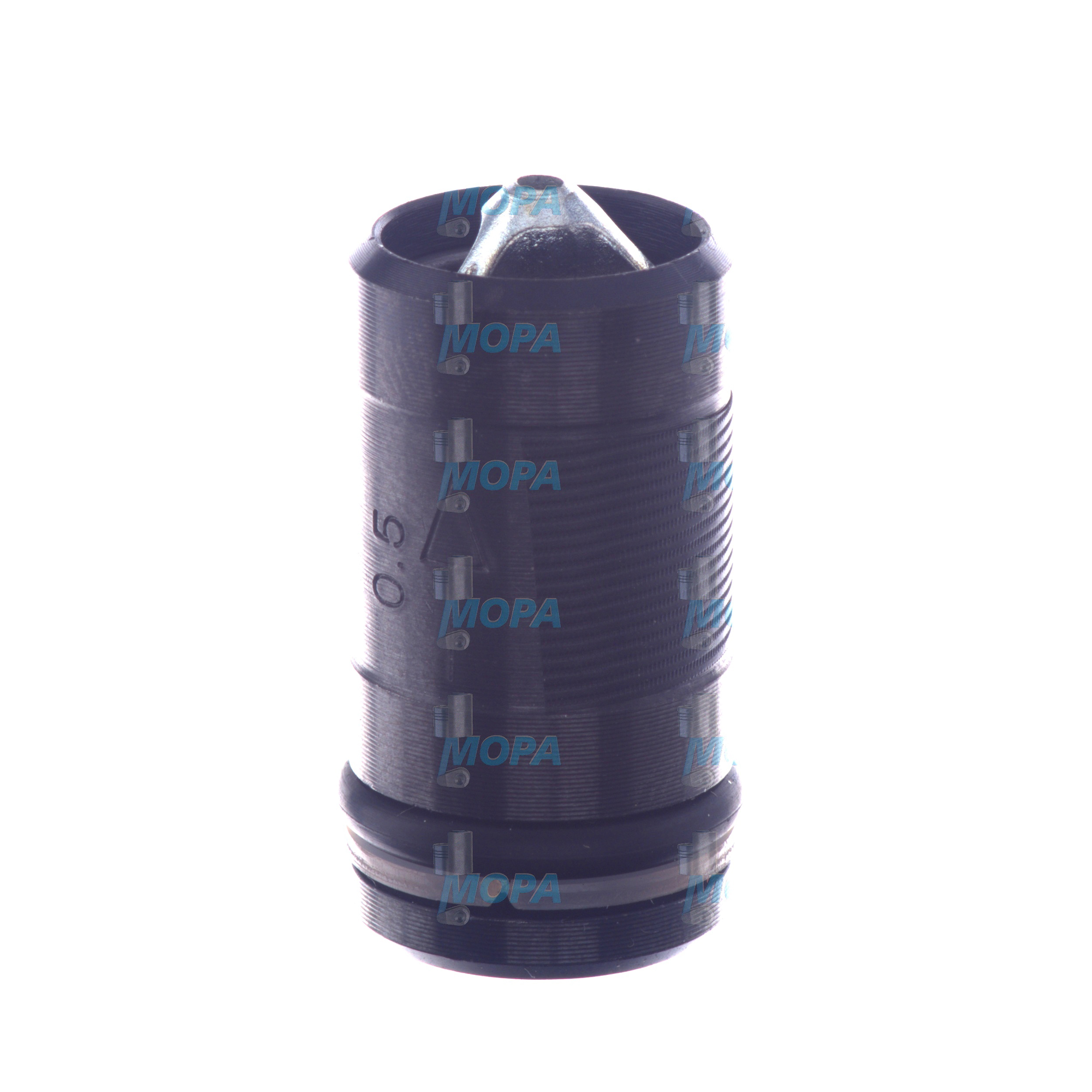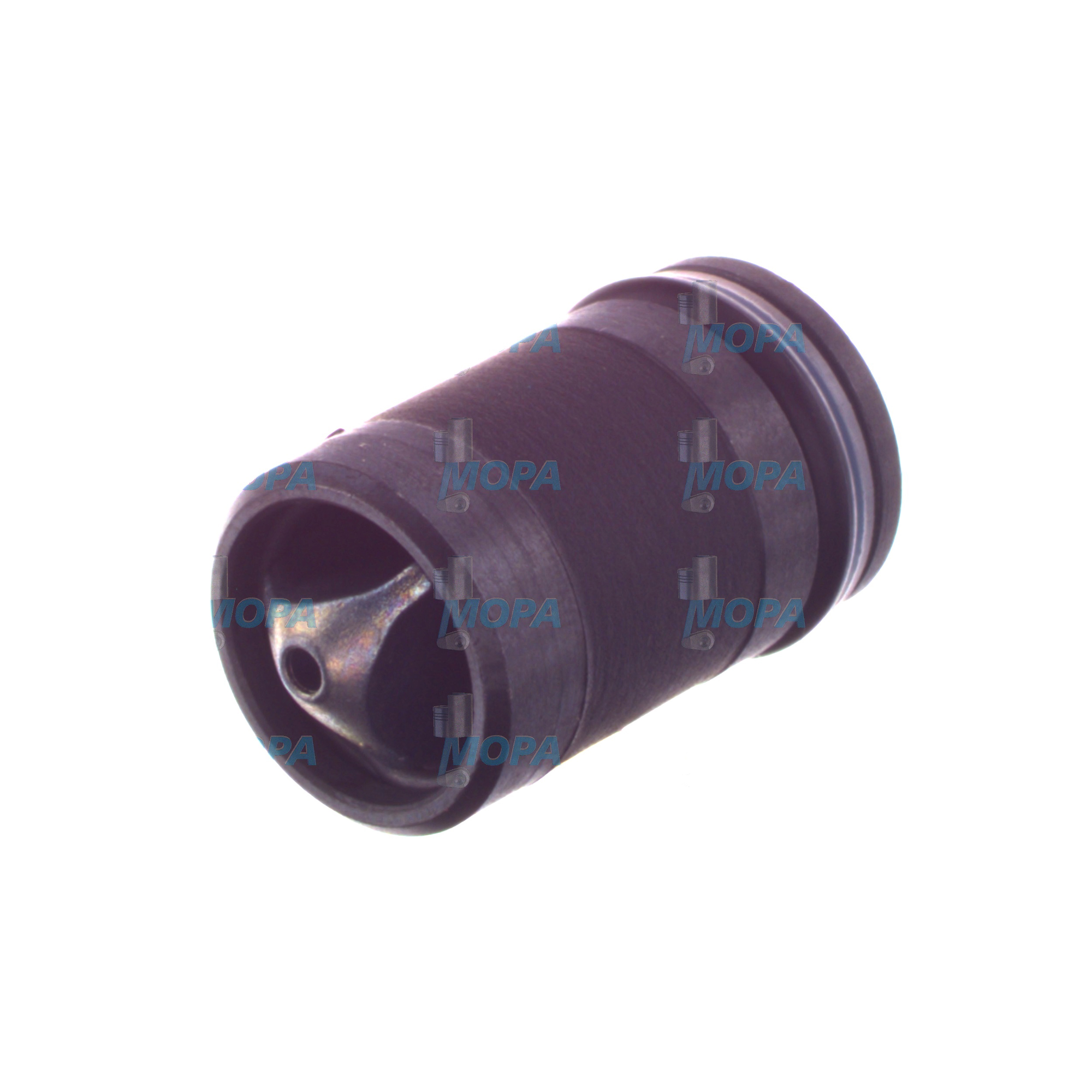VALVE components – Valves for marine, diesel and gas engines
Valves are precision-engineered components that control the flow of gases into and out of the combustion chamber. In four-stroke engines, intake and exhaust valves open and close in exact sequence to manage air, fuel, and exhaust streams. In large two-stroke marine engines, a centrally located exhaust valve governs cylinder scavenging while intake occurs through liner ports. Across size classes and applications, valves are mission-critical for stable combustion, efficient power delivery, and emissions control.
As a core element of any engine cylinder head, valves must endure high temperatures, rapid acceleration, corrosive exhaust, and millions of opening cycles. Materials, seat geometry, and surface finishes are tailored to the duty profile of the engine—whether it is a high-speed genset, a medium-speed marine propulsion unit, or a heavy-duty industrial compressor drive. This article category covers the full spectrum of Valves, including intake valves, exhaust valves, valve seats, guides, and related hardware configured for marine, diesel, and gas engines.
Technical function of engine VALVE assemblies
A VALVE in a diesel engine or gas engine provides timed sealing between the combustion chamber and the intake or exhaust tract. The camshaft profile, rocker geometry, and lash or hydraulic lash adjusters define lift, duration, and timing—parameters that shape volumetric efficiency and torque characteristics. Intake valves admit clean charge at the optimal crank angle window, while exhaust valves release combustion products and protect the cylinder from residual pressure that would otherwise elevate pumping losses.
Exhaust duty is the harshest: hot gas flow, flame impingement, and valve head temperatures can exceed 700°C. To survive, exhaust valves often use austenitic or nickel-based alloys with Stellite-faced seats and sometimes sodium-filled stems to enhance heat transfer. Intake valves operate cooler but must resist fretting and wear under high seating velocities. Precision-ground stems run in matched guides with controlled clearances to retain oil and minimize friction. Seat angles (commonly 45° for general duty or 30° for higher flow) and seat widths are engineered to balance sealing, heat dissipation, and durability. In a marine engine, correct VALVE seating preserves compression, stabilizes cylinder temperatures, and protects the turbocharger by maintaining exhaust pulse integrity.
When specified as VALVE OEM parts, geometry and metallurgy align with the cylinder head casting, spring pack, and cam profile. This ensures consistent tappet clearance, correct installed height, and reliable contact patterns during break-in. Whether installed in a high-output VALVE marine engine application or a standby power plant, dimensional fidelity prevents side-loading, guide ovality, and accelerated seat recession.
- · Tight sealing restores compression and starting reliability.
- · Optimized lift and timing improve volumetric efficiency.
- · Heat-resistant alloys extend exhaust duty life.
- · Precision stems and guides reduce friction and oil carryover.
- · Correct seat geometry dissipates heat and prevents hot spots.
- · Consistent installed height stabilizes spring dynamics.
Why VALVE condition is critical to engine reliability and service life
Valves directly influence combustion quality, fuel consumption, and emissions. Loss of sealing from seat wear or tuliping reduces compression, driving misfires, power loss, and elevated specific fuel oil consumption. Burnt exhaust valves raise cylinder outlet temperatures, stress turbocharger turbine blades, and can trigger unplanned shutdowns. Excessive guide clearance leads to oil ingress, fouled injectors, sticky piston rings, and diesel particulate filter overload on aftertreated engines. Conversely, tight guide-to-stem fits risk scuffing and sticking, especially during cold starts.
In continuous-duty fleets—offshore supply vessels, ferries, power barges—VALVE degradation also amplifies vibration and backpressure, undermining bearing life and increasing maintenance frequency. Maintaining correct lash, surface finish, and seat concentricity preserves stable combustion and minimizes knock in gas engines. Routine borescope inspections and blow-by trending are best practices to detect early-stage valve distress before it cascades into cylinder head damage or piston crown erosion.
Advantages of OEM spare parts suitable for VALVE assemblies
Selecting OEM spare parts suitable for valves delivers repeatable performance and total-cost benefits across the entire overhaul cycle. The reason is simple: the valve, guide, seat, and spring set are engineered as a system. Using matched parts preserves kinematics and thermal balance designed by the engine maker.
- · Performance: Correct lift curve, throat area, and seat width sustain airflow and torque.
- · Reliability: Certified alloys and hardfacing resist high-temperature corrosion and wear.
- · Budget: Drop-in fit reduces machining time, avoids rework, and shortens downtime.
- · Service life: Verified heat treatment and coatings maintain stem hardness and seat integrity over long intervals.
- · Compliance: Consistent sealing supports emissions targets by stabilizing combustion.
- · Safety: Predictable failure modes and documented material specs aid risk management.
With VALVE OEM parts, you maintain correct stem-to-guide clearances, keeper groove geometry, and installed heights without trial-and-error. This prevents valve float at high load, protects cam and rocker contact surfaces, and keeps blow-by within design limits. The result is stable power, reduced lube oil consumption, and longer intervals between top-end inspections.
MOPA – fast, secure supply of VALVE OEM parts for diesel and gas engines
MOPA is a reliable partner for sourcing OEM spare parts suitable for Valves across leading diesel and gas engine platforms. Our team supports purchasers, shipowners, and maintenance managers with rapid quotation, precise cross-referencing of part numbers, and global logistics tailored to dry-docking windows and outage schedules. We focus on speed, quality, and security—only vetted supply chains, traceable documentation, and consistent packaging to protect critical surfaces like stems and seats during transit.
From intake and exhaust valves to guides, seat inserts, springs, retainers, and collets, MOPA helps align your parts list with the engine’s technical file. Whether the requirement is for a coastal tug’s VALVE diesel engine or a high-efficiency CHP gas engine, we supply components that fit first time, perform as specified, and keep your overhaul plan on schedule.
Conclusion: VALVE assemblies that keep engines efficient and dependable
Valves are essential to combustion control, efficiency, and protection of downstream components. Keeping them within specification safeguards uptime and operating costs.
Choosing OEM spare parts suitable for Valves ensures the right materials, dimensions, and performance characteristics for your application. With MOPA as your partner, you receive fast, secure access to the VALVE components needed to keep marine, diesel, and gas engines running at their best.



